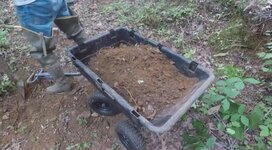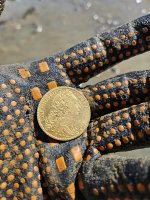AU79 Prospector
Jr. Member
Next video up for anyone interested! We take some of our Gold Hog Piglet mods and test it in the field. Unfortunately, the video I shot included water flow with a partially clogged pump....doh... so it doesn't look impressive. I will pay more attention next video but for now trust me -- much better washing power! Live and learn.
I added a bit of music to parts of the video... thoughts? Does it add to the video or detract from it? Just experimenting with my video editing as well =)
Visit my youtube channel homepage and click the subscribe button if you want to become a subscriber to my videos! https://www.youtube.com/channel/UCXs3GbinntAgeEV1YLHi9eQ
I added a bit of music to parts of the video... thoughts? Does it add to the video or detract from it? Just experimenting with my video editing as well =)
Visit my youtube channel homepage and click the subscribe button if you want to become a subscriber to my videos! https://www.youtube.com/channel/UCXs3GbinntAgeEV1YLHi9eQ
Amazon Forum Fav 👍
Last edited:
Upvote
0




